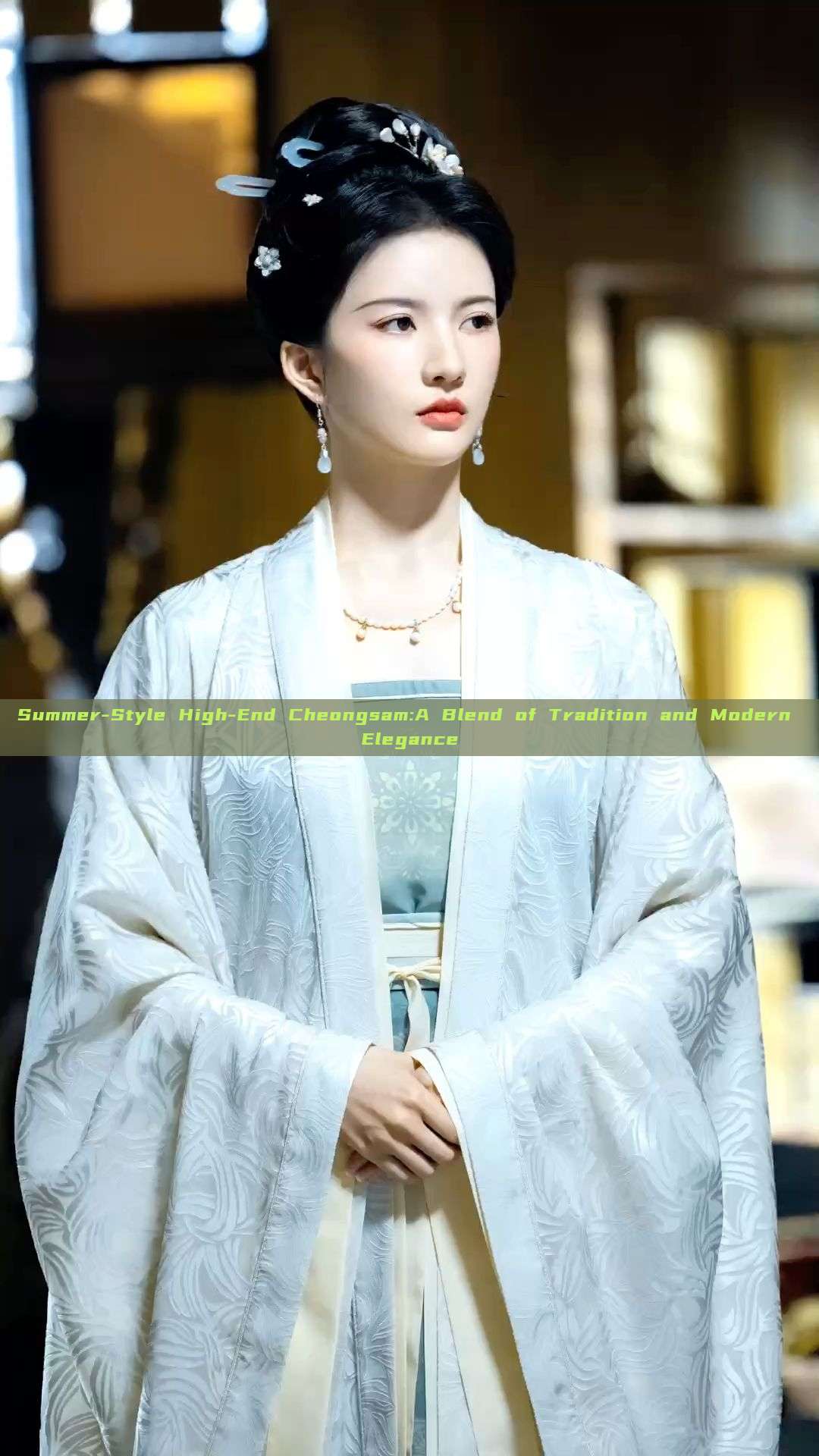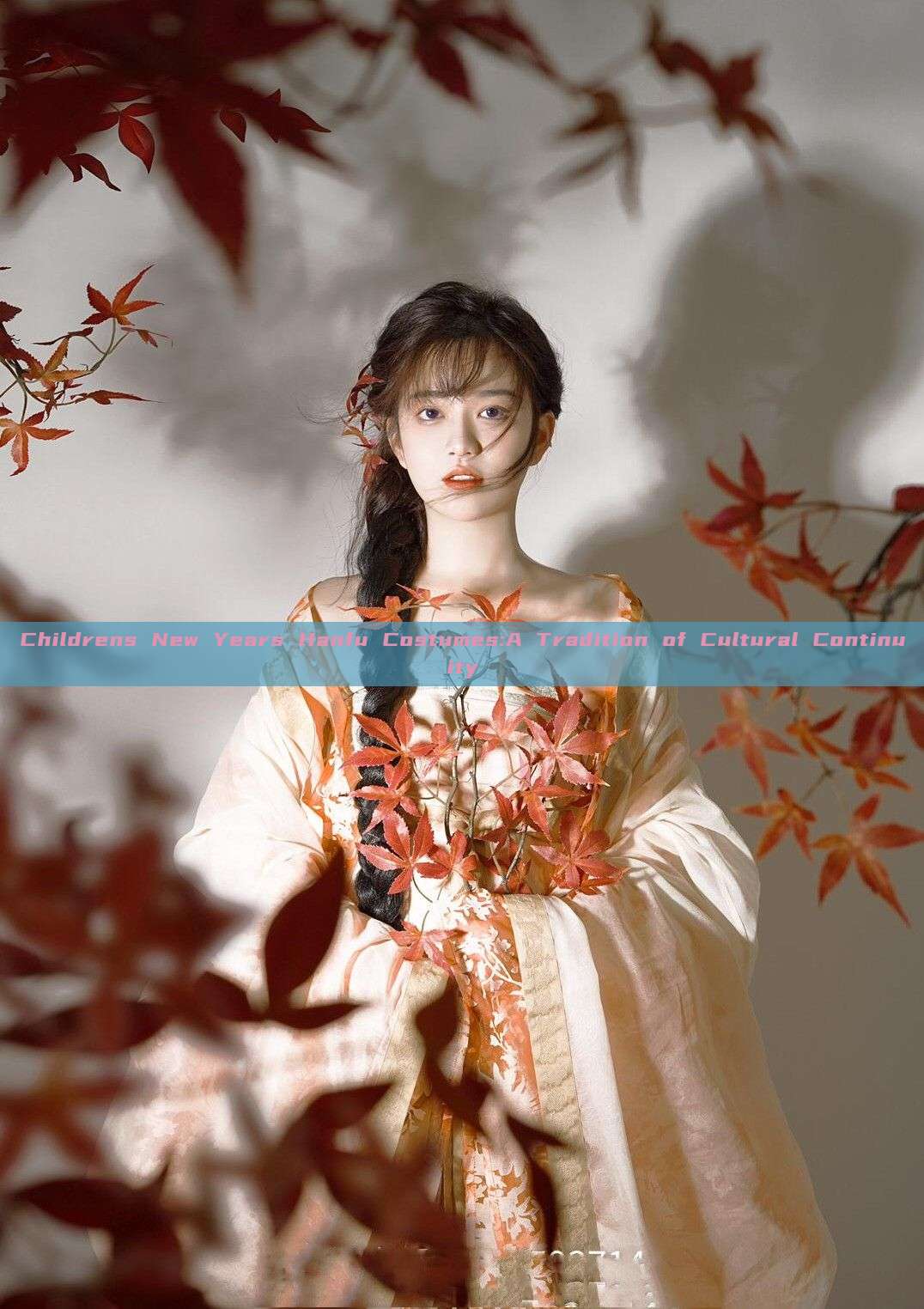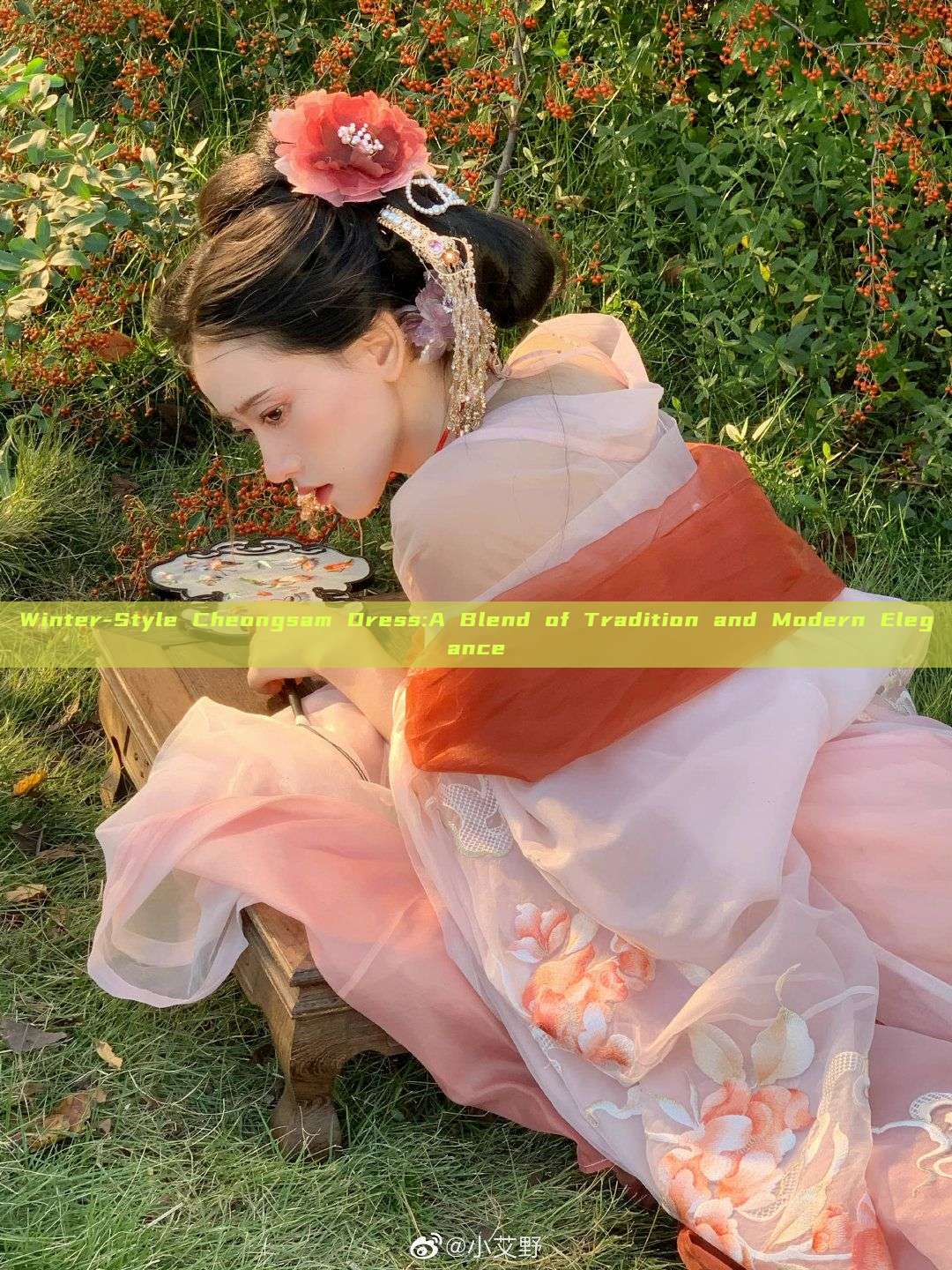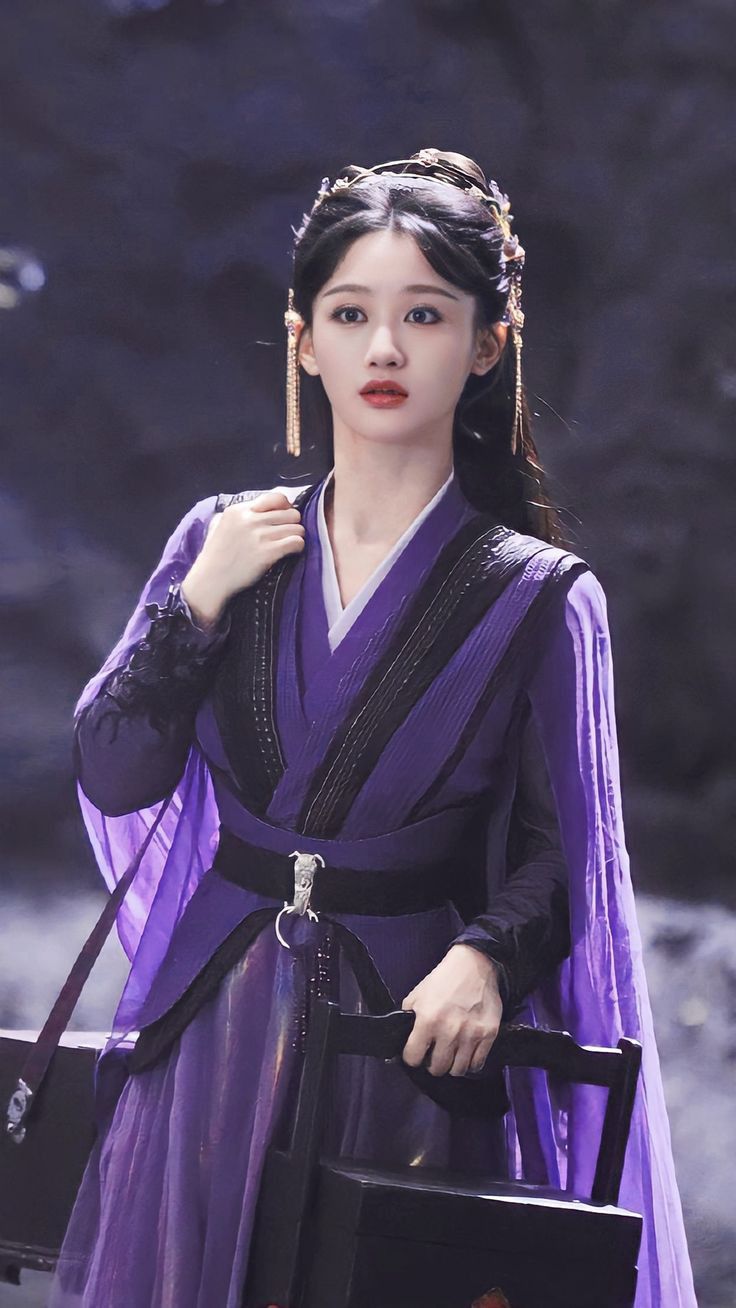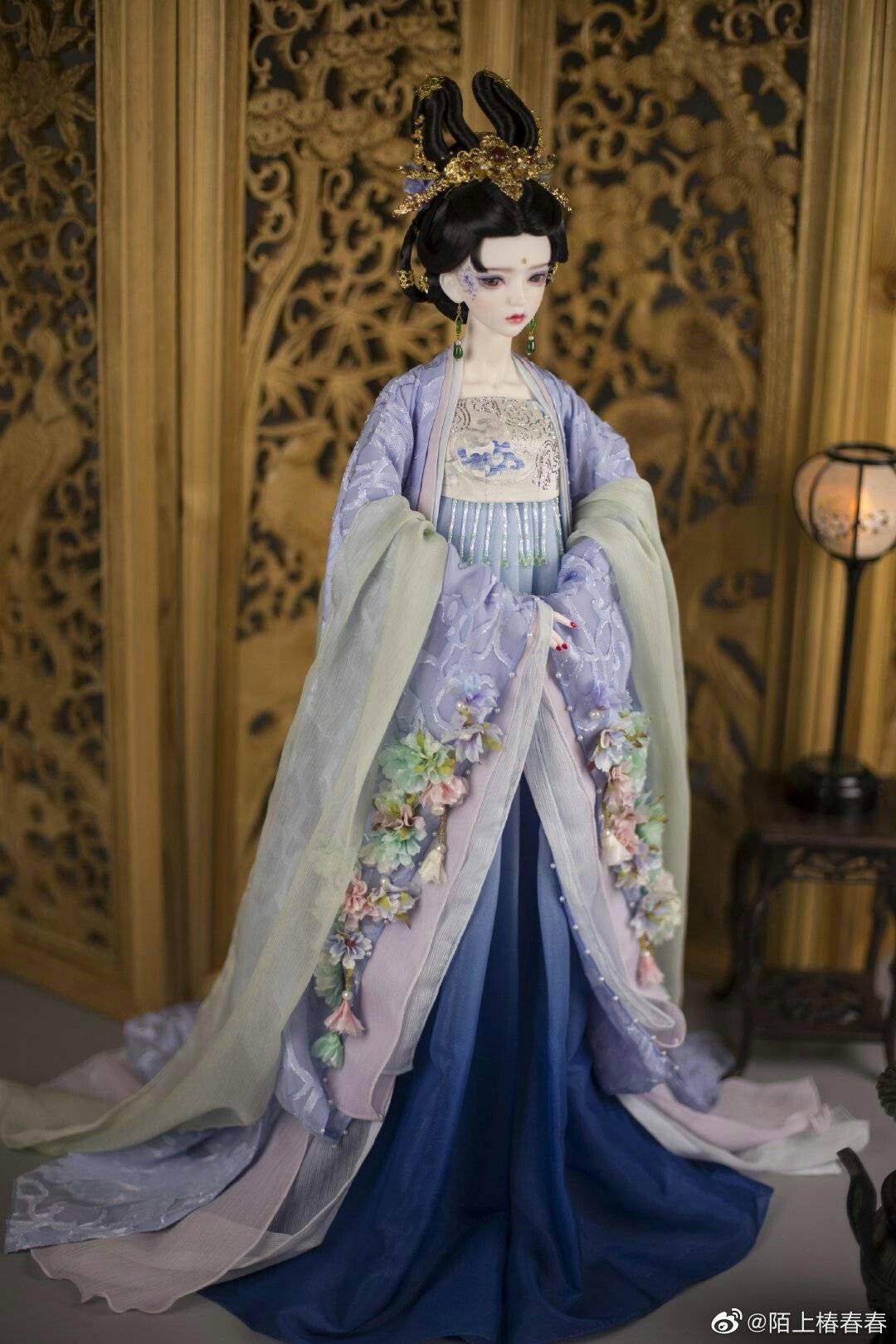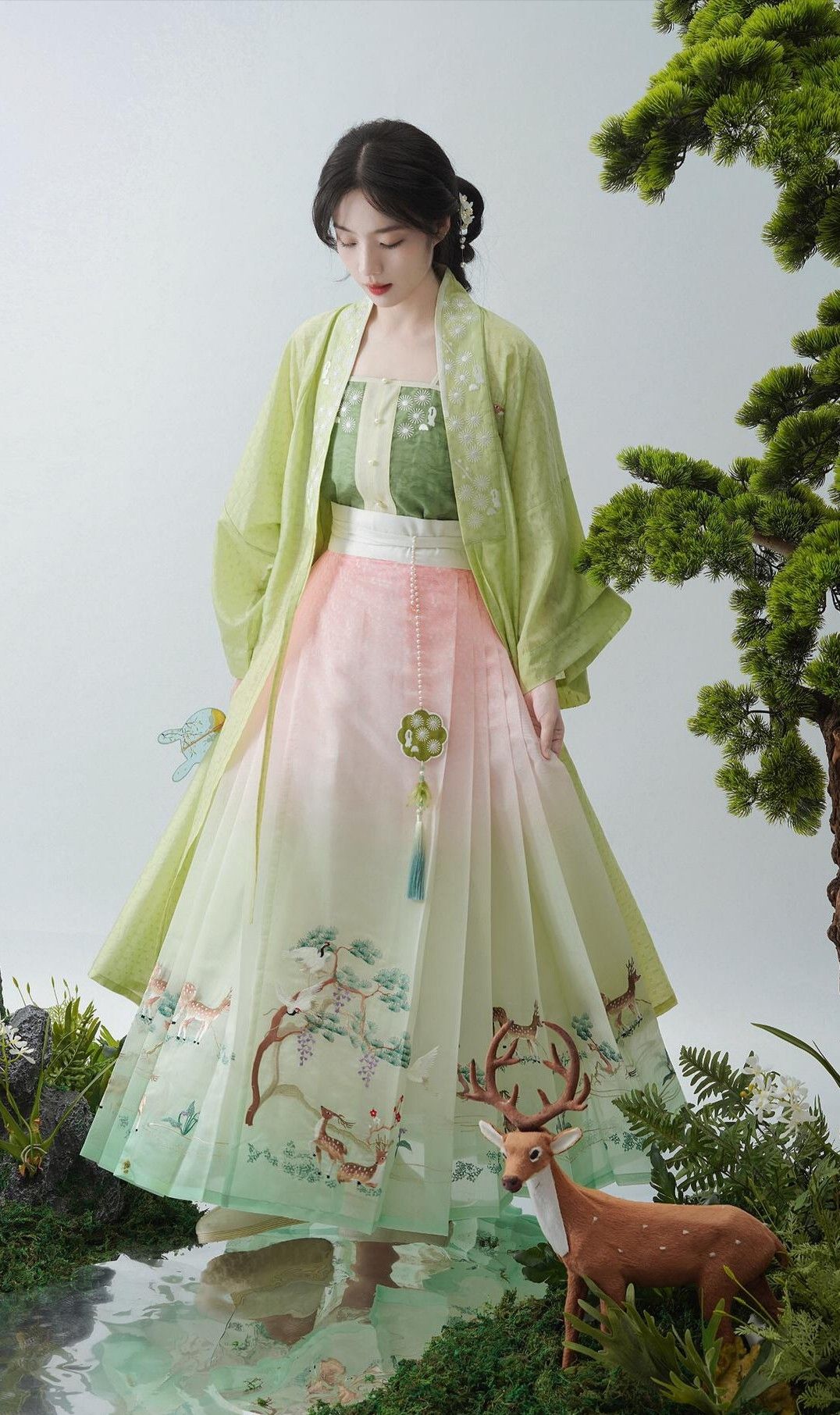In the realm of Chinese culture, Hanfu has gained significant attention in recent years, reintroducing the Traditional clothing to a modern audience. Among the various craftsmanships that enrich Hanfu, embroidery stands out as a symbol of intricate artistry and cultural heritage.
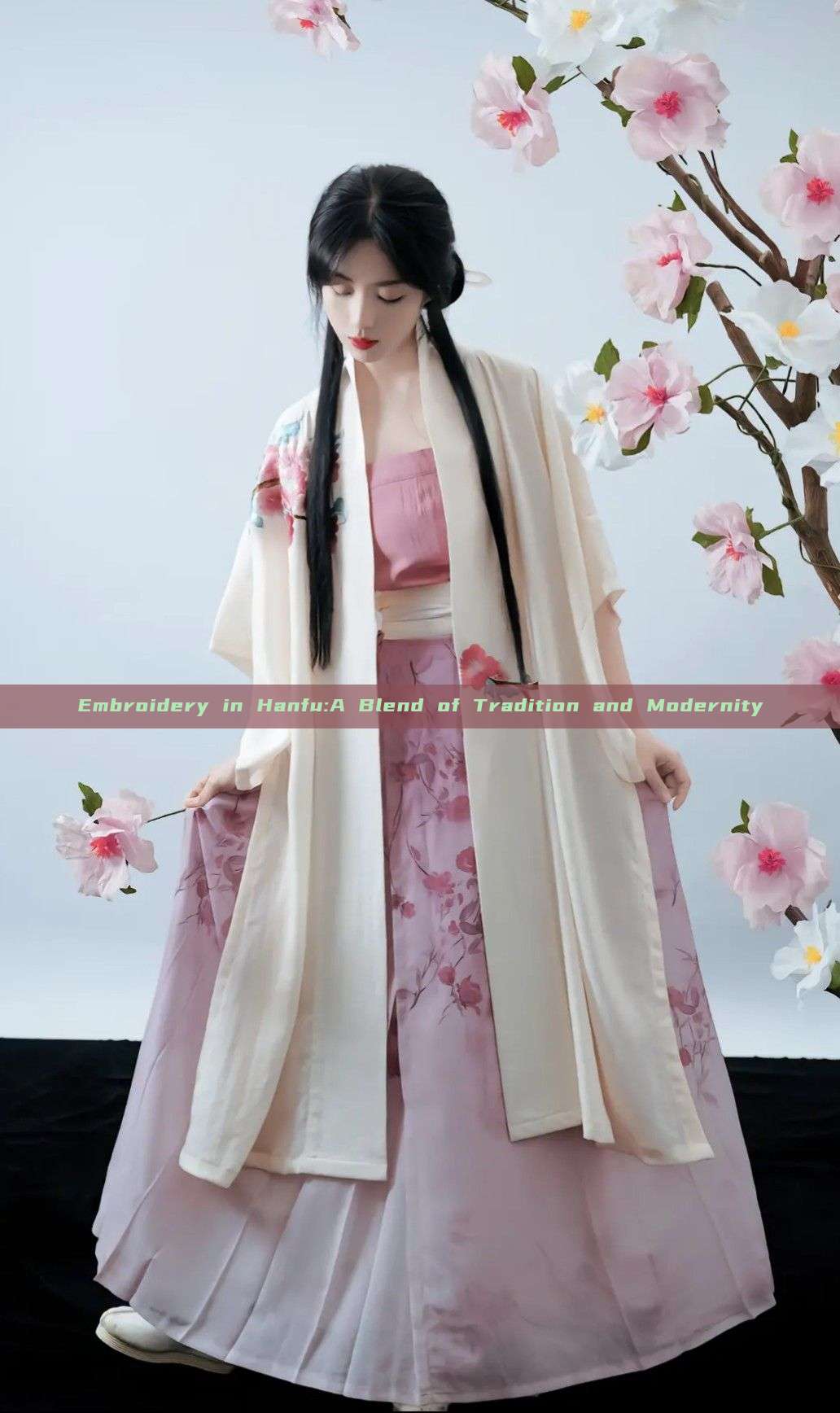
Embroidery in Hanfu is not merely a decorative element; it is an embodiment of stories, legends, and deep-rooted cultural values. The intricate patterns and designs reflect the rich history and culture of China, weaving together threads of wisdom passed down through generations.
The art of embroidery in Hanfu dates back to ancient times, when skilled craftwomen used simple tools and natural fibers to create stunning patterns. Over time, the craftsmanship evolved, incorporating new techniques and materials, yet maintaining the essence of traditional designs. Today, Hanfu embroidery merges traditional techniques with modern elements, creating a harmonious blend of old and new.
The use of colors in Hanfu embroidery is vibrant and symbolic. Bright reds, golden yellows, and deep blues are common hues, reflecting the rich palette of Chinese culture. These colors are not just for aesthetic purposes but also carry significant meanings, often associated with good luck, prosperity, and other cultural values.
The patterns and designs in Hanfu embroidery are diverse and often tell stories. For instance, dragons and phoenixes are common motifs, symbolizing power and beauty. Other designs may depict scenes from ancient legends or historical events, providing a visual narrative of China's rich history. These designs are not just limited to specific themes but also reflect regional differences, with each region having its unique style and technique.
The process of creating Hanfu embroidery is highly skilled and time-consuming. The skilled craftwomen use various techniques such as cross-stitching, running stitch, and knot stitch to bring the design to life. Each stitch tells a story, creating a tapestry of cultural heritage. The use of different threads and fabrics also enhances the overall look and feel of the embroidery, creating a unique aesthetic that is both traditional and modern.
Moreover, Hanfu embroidery is not just confined to clothing; it is also found on accessories such as bags, scarves, and even jewelry. These accessories are often adorned with intricate embroidery designs, further enhancing their beauty and uniqueness.
In conclusion, Hanfu embroidery is a testament to China's rich cultural heritage. It is a blend of traditional techniques and modern elements, reflecting a deep-rooted cultural identity. The skilled craftsmanship, vibrant colors, diverse patterns, and intricate designs make Hanfu embroidery a unique form of art that deserves recognition and appreciation. As Hanfu gains popularity among the younger generation, the art of embroidery in Hanfu will continue to thrive, carrying forward the legacy of China's rich cultural history.


